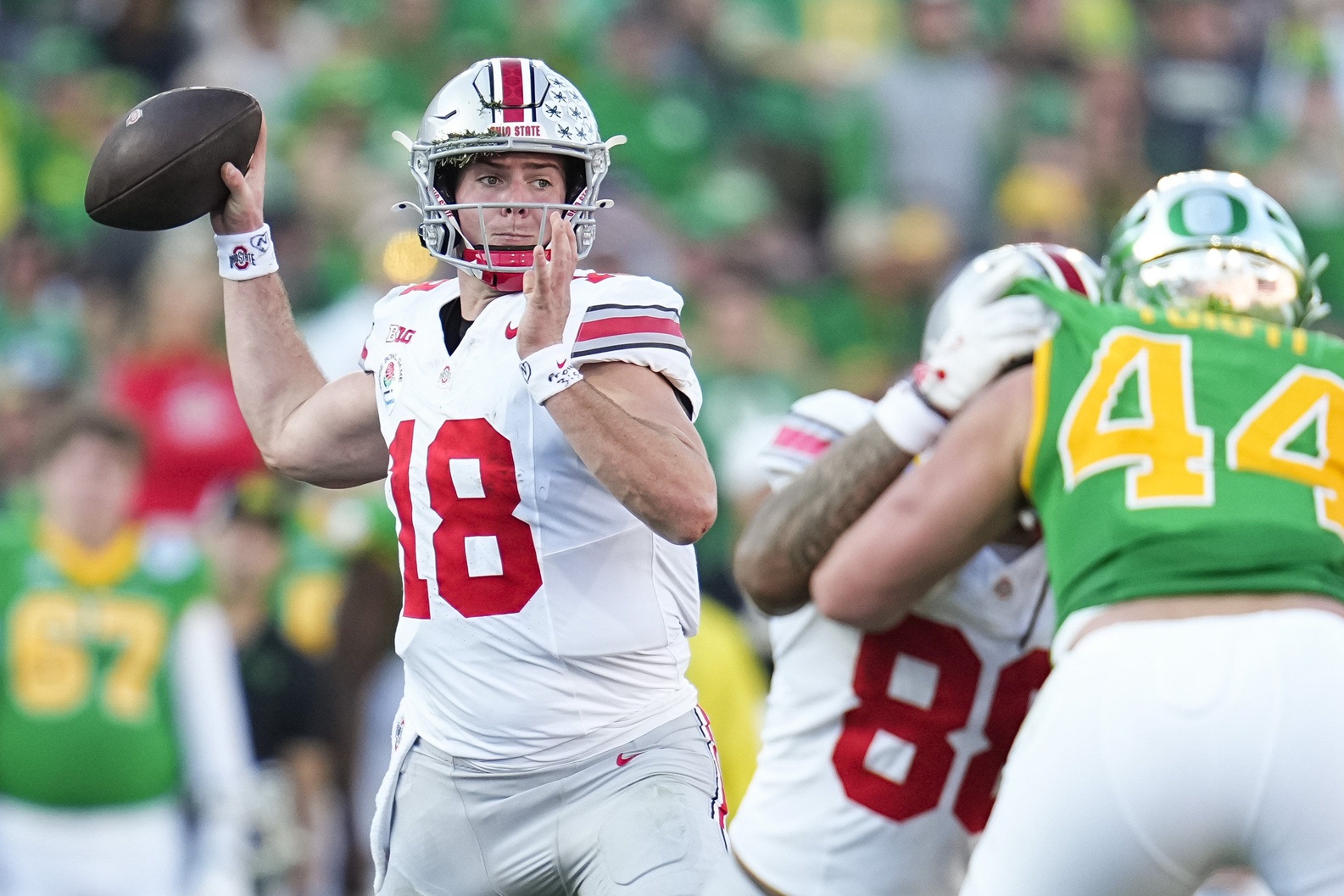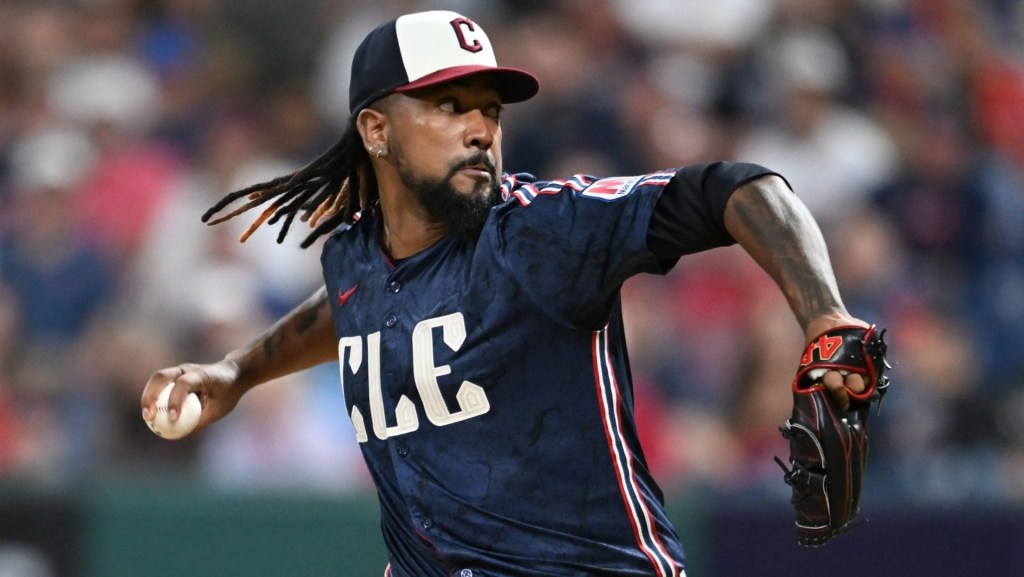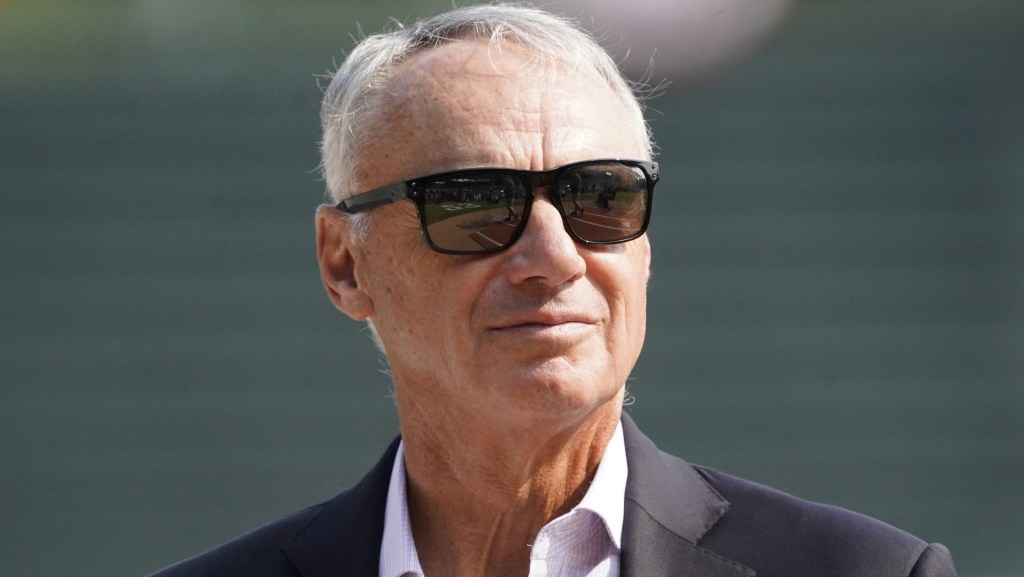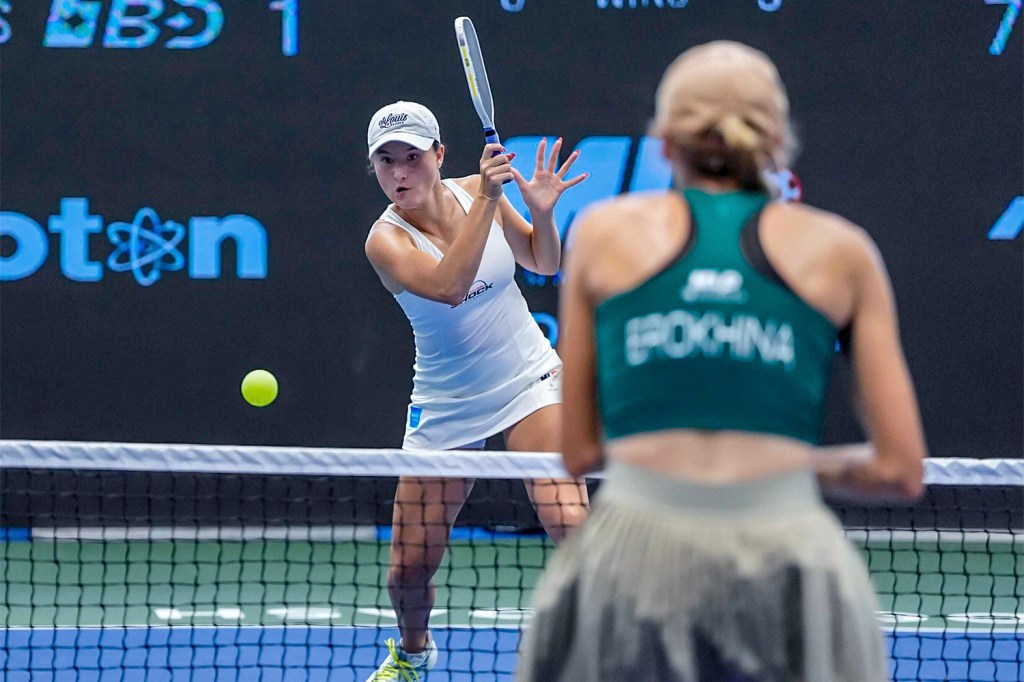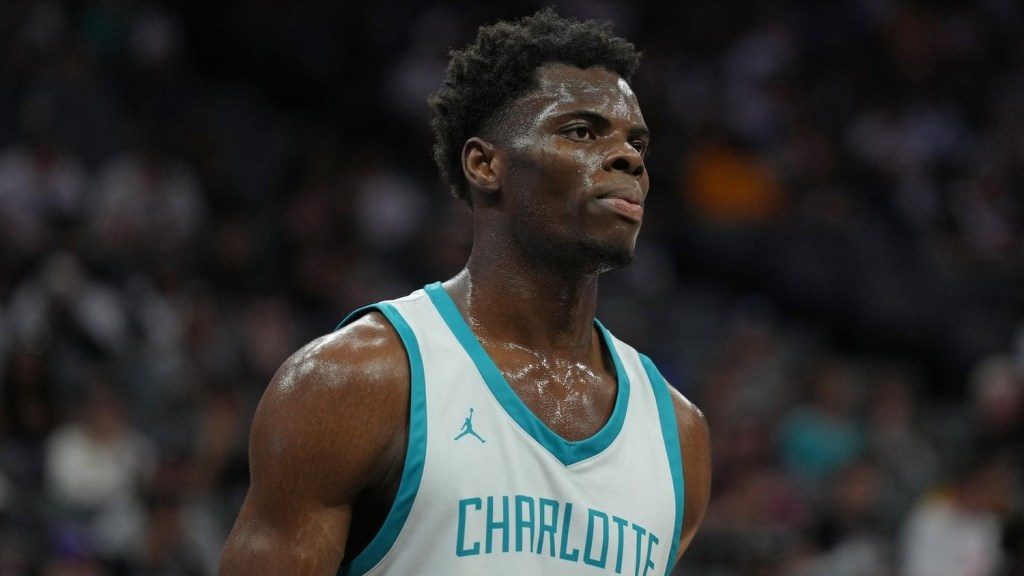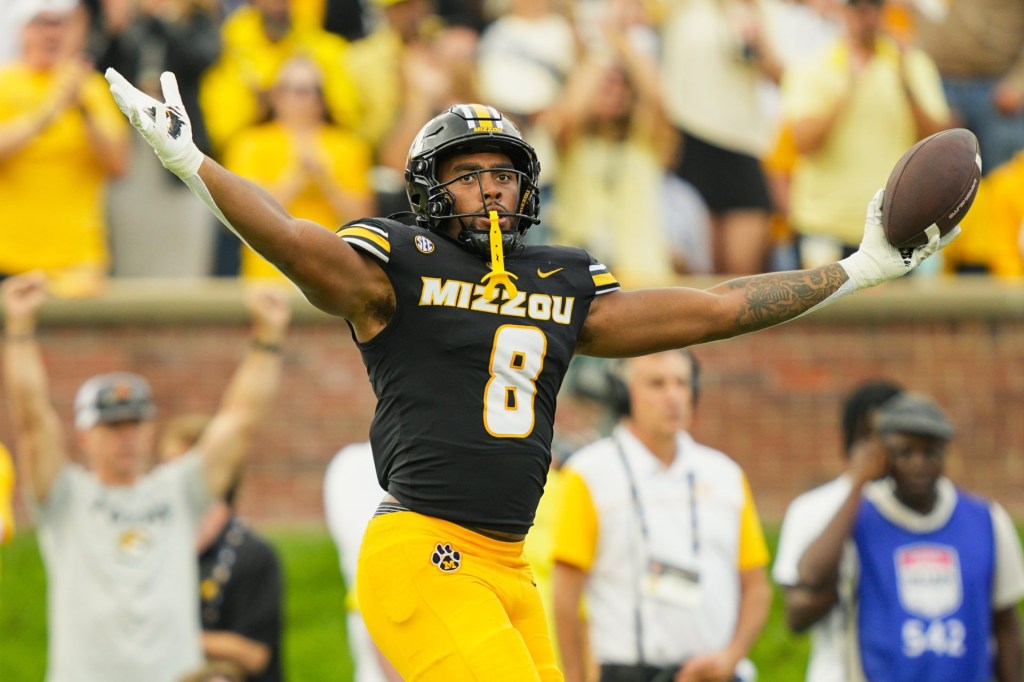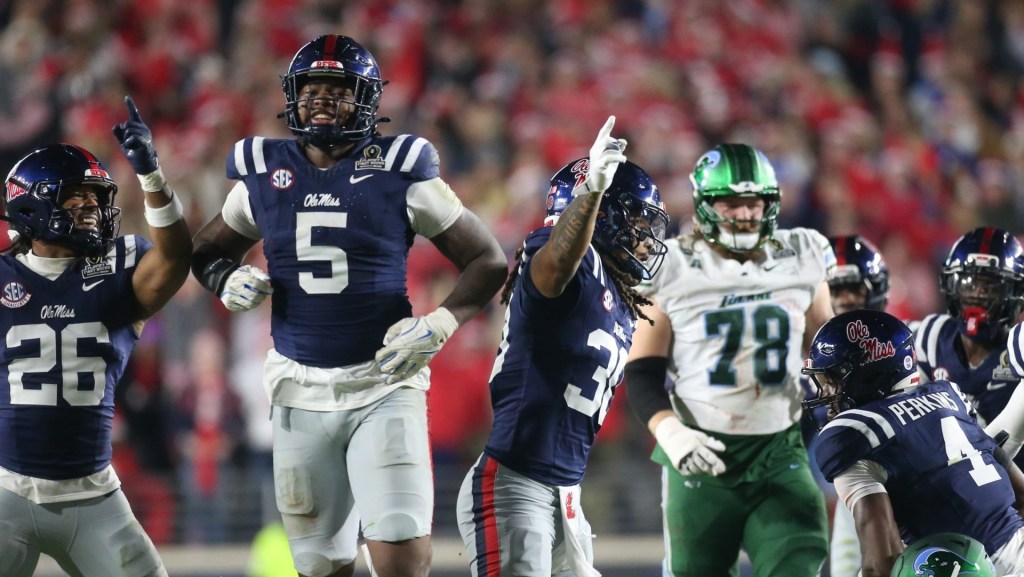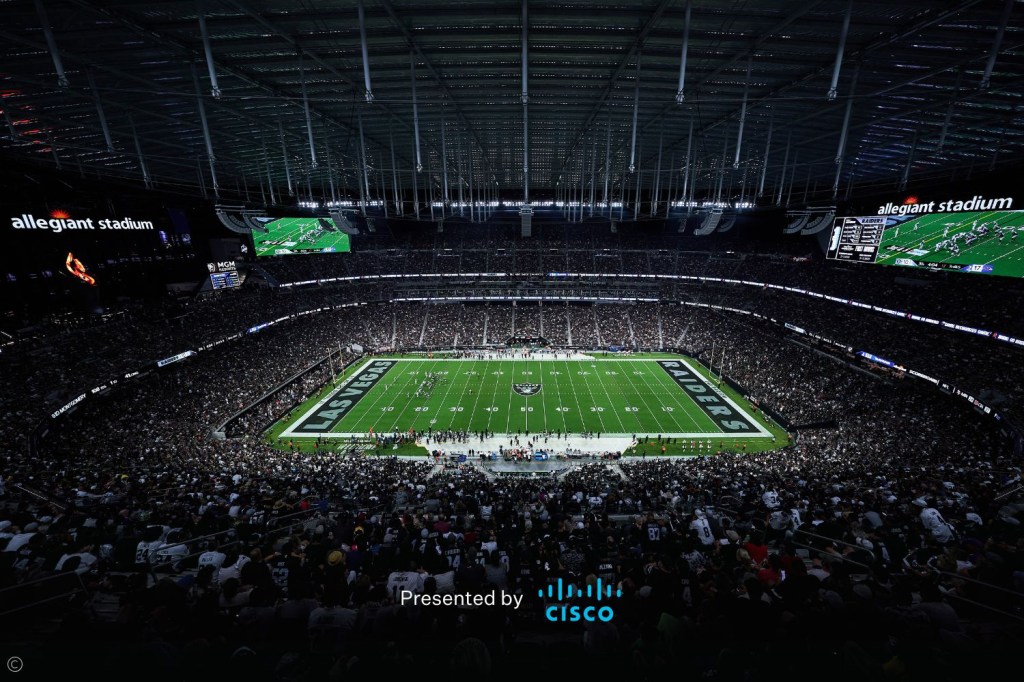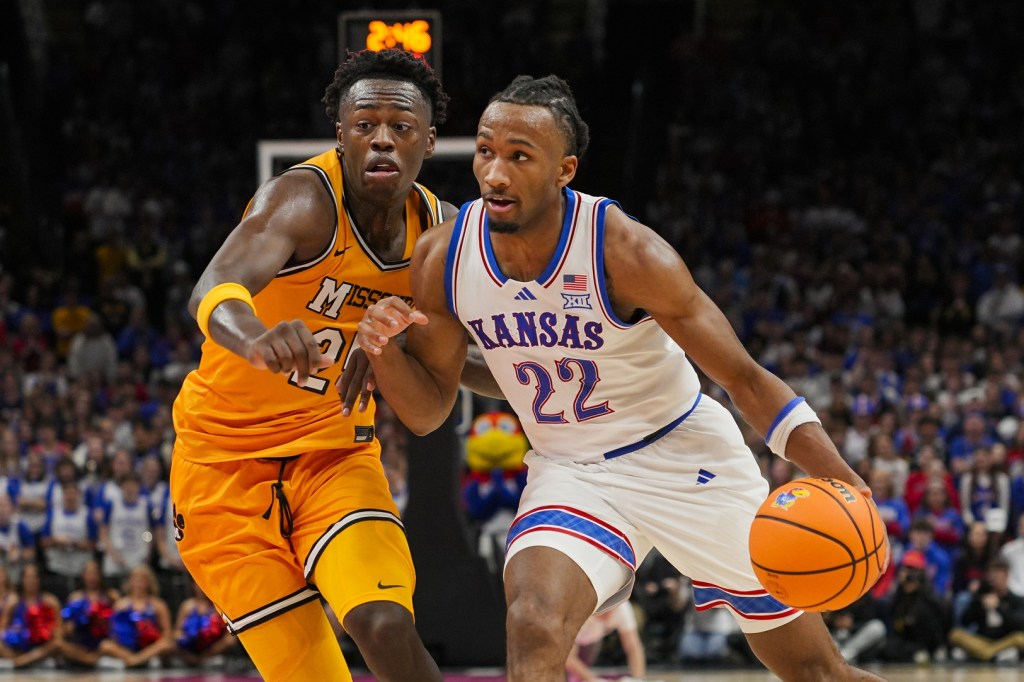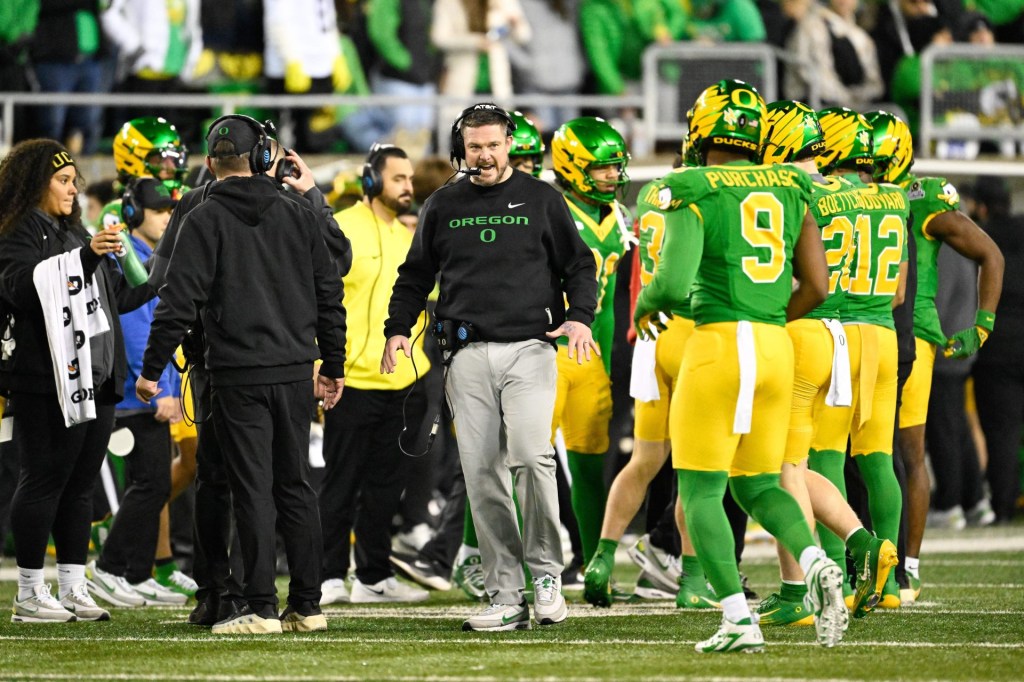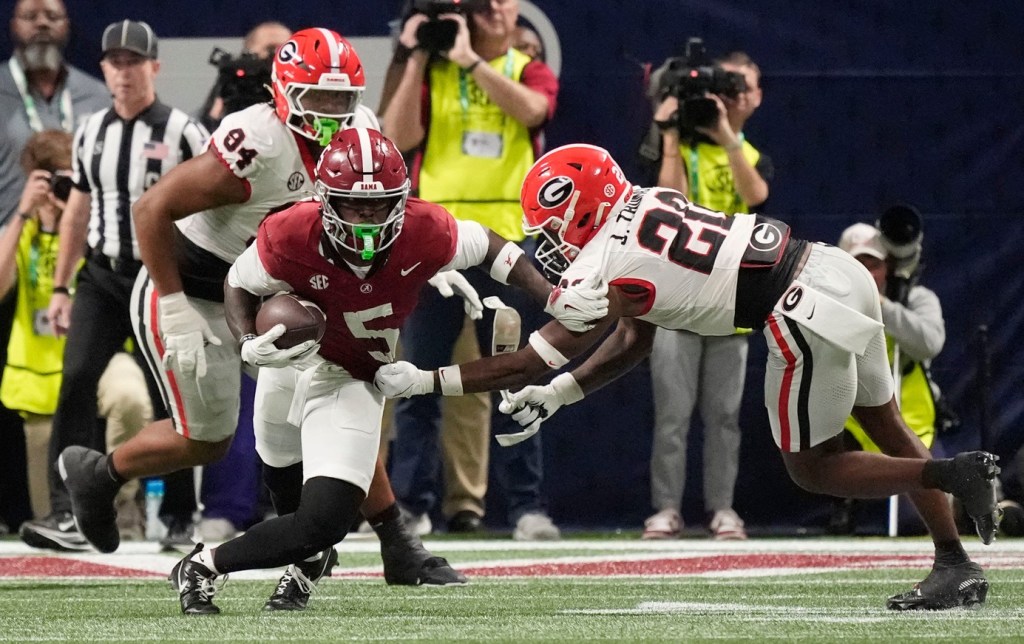The revenue-sharing era in college sports officially begins Tuesday, when Division I athletic departments can directly pay student-athletes.
The monumental day arrives less than a month after the House v. NCAA settlement was finally approved, following months of deliberation and a lengthy objection process.
In addition to offering $2.8 billion in damages to former players who weren’t allowed to accept NIL (name, image, and likeness) deals before the NCAA began allowing them in 2021, D-I schools can now pay up to $20.5 million to all current players in their athletic departments. That “college salary cap” number will increase incrementally over the next 10 years, during the lifetime of the injunctive relief.
Football teams are expected to get the vast majority of revenue-sharing dollars—roughly 75% in many cases. Men’s and women’s basketball programs are expected to receive the next-highest amounts of what’s left. Most schools will likely allocate 5% or less to sports outside of football and basketball.
Strange New Times
Preparations for the revenue-sharing era have seen schools take some unprecedented steps over the past year as they sort out the logistics of paying players:
- Many schools are disbanding official NIL collectives that have previously helped pay players.
- New fees around sporting event tickets and standard student fees are being introduced.
- Conferences are working on an enforcement agreement to bind schools to the terms of the settlement.
- Dozens of D-I Olympic sports programs at colleges have been either cut or consolidated.
- Schools are exploring bringing private-equity investment into their athletic departments, while conferences hold off, for now.
- Buyout clauses will be on the table for player contracts should they choose to transfer.
Dollars and Sense
As top athletic programs transition from using NIL money to revenue-sharing for their primary resource of paying players, this next football and basketball season will mark a unique circumstance for stars to cash in on both categories.
Last football season, the term “$20 million roster” was thrown around for top teams like Oregon and Ohio State. That referred to the amount of NIL money players on said teams were making.
This year, top football teams may once again have $20 million in NIL money allocated to their players, in addition to sharing roughly $15 million of revenue with football players, too.
However, under the oversight of the newly created College Sports Commission, all new NIL deals over $600 will be vetted to determine whether the deal represents fair-market value. That is aimed at preventing NIL collectives from funneling money to players without actually having them participate in an endorsement deal.
So, any large spike in football-player pay this season may be only temporary.
